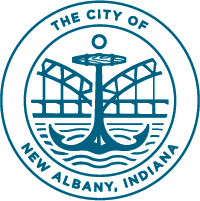NEW CDC GUIDELINES
/NEW CDC GUIDELINES: The Centers for Disease Control and Prevention (CDC) recently updated their guidelines given new evidence on the “Delta” variant currently circulating in the United States. The CDC is now recommending that all people, regardless of vaccination status, wear a mask in public indoor settings in areas of substantial or high transmission. Currently COVID rates in Floyd County qualify our area as “high transmission.”
While the COVID-19 vaccines remain highly effective at preventing severe disease, hospitalizations, and death from the “Delta” variant, new data from the CDC suggests that fully vaccinated people with breakthrough infections (which are still considered rare) can spread the virus to others, some who may be unvaccinated or immunocompromised.
Mayor Gahan is encouraging other employers and public spaces to follow the new CDC guidelines and encourage mask wearing at this time.

















